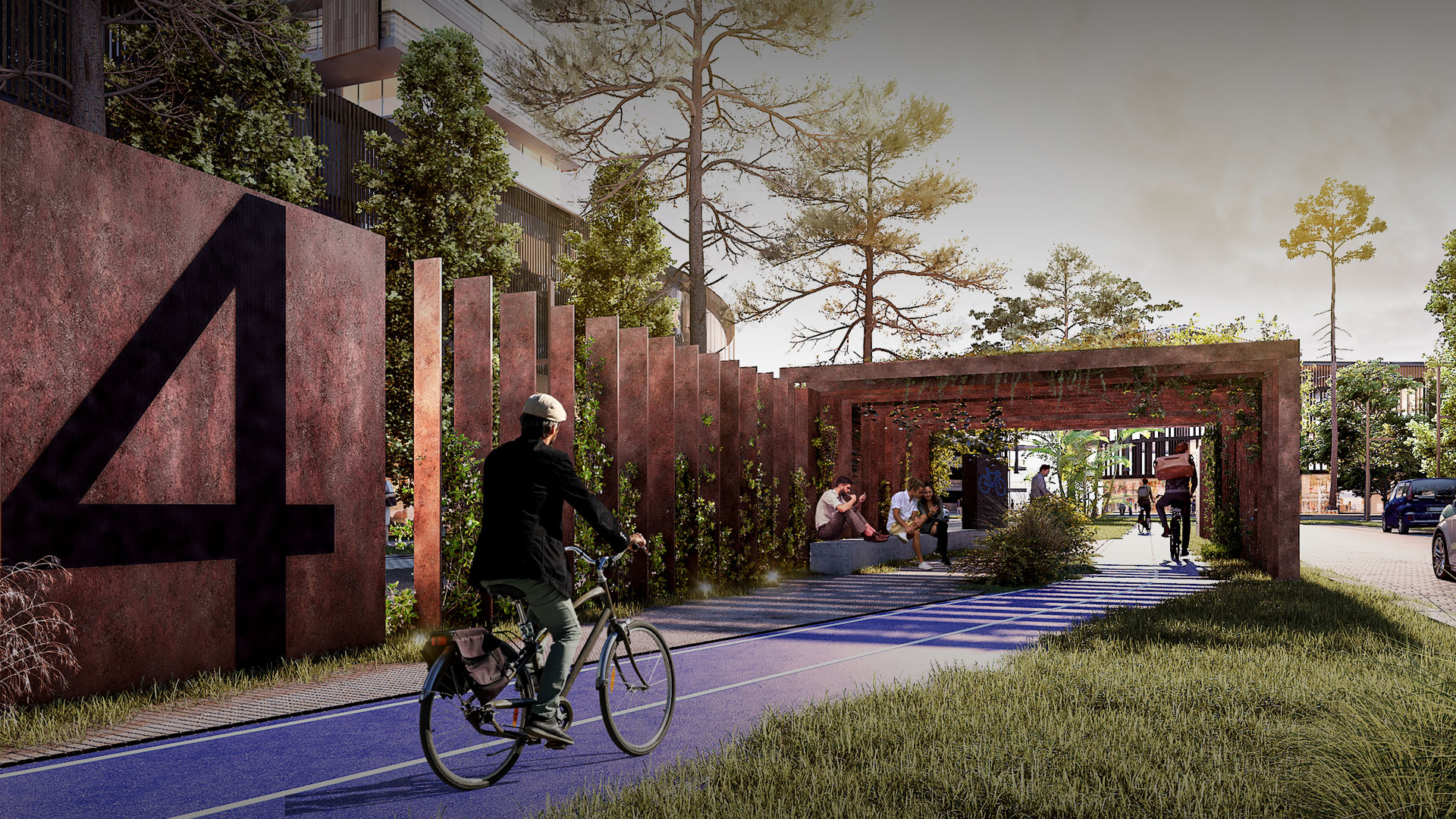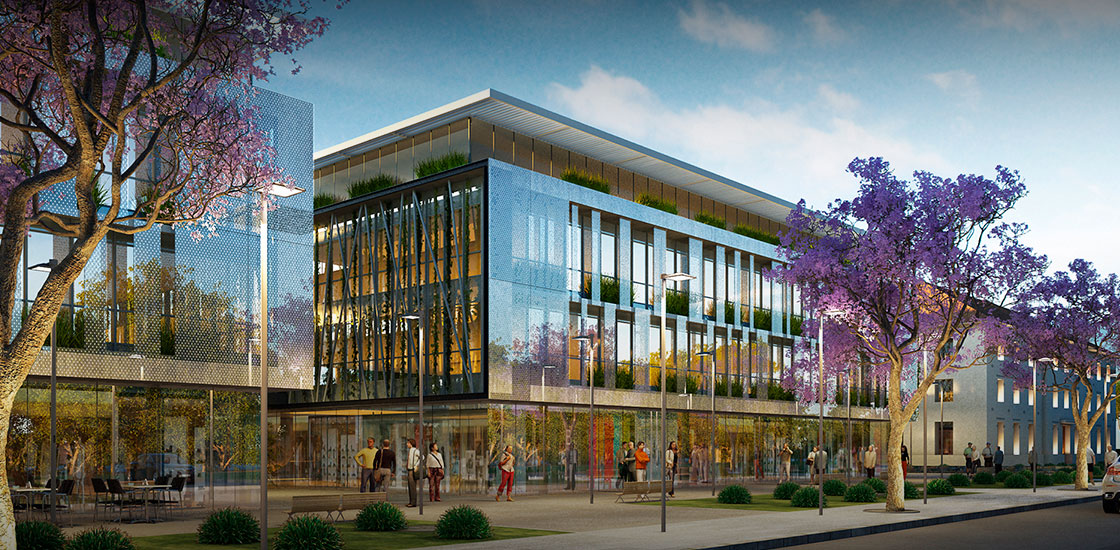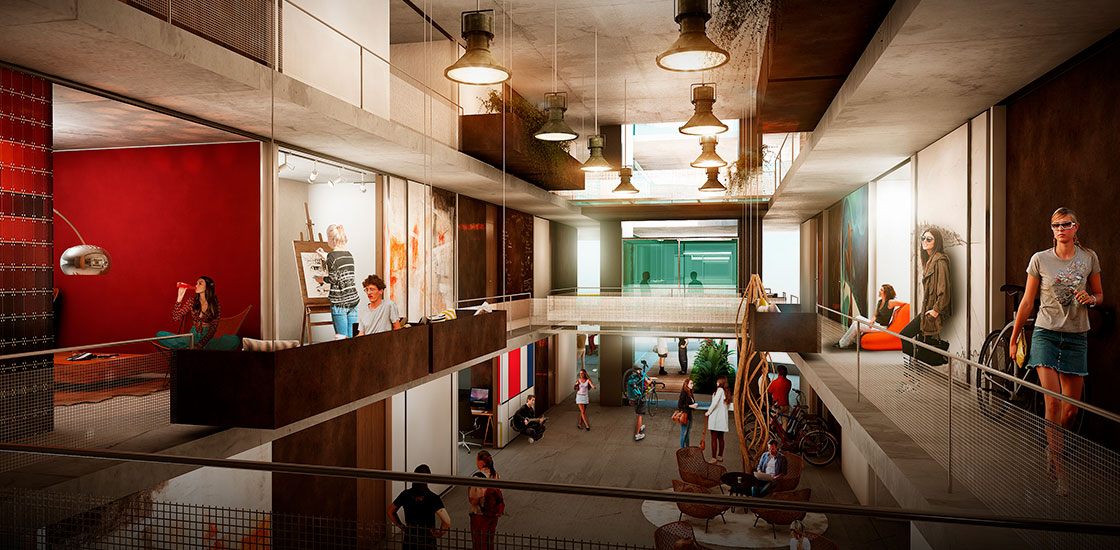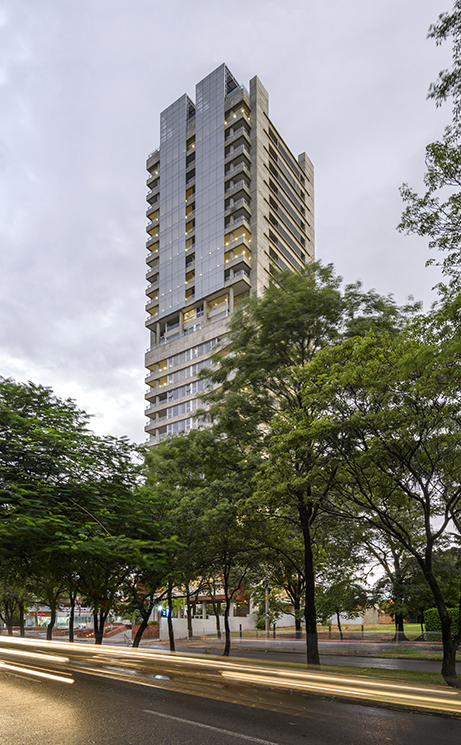Urban Design as a Plataform for Development
Aligned with the evolving needs of its inhabitants, cities continually reinvent themselves, generating demands that must be seamlessly integrated into urban design. For this collective and dynamic process to be viable and impactful, it must be robust, inclusive, sustainable, and resilient.


Aligned with the evolving needs of its inhabitants, cities continually reinvent themselves, generating demands that must be seamlessly integrated into urban design. For this collective and dynamic process to be viable and impactful, it must be robust, inclusive, sustainable, and resilient.
A city is shaped by numerous factors: the collective will of its people, environmental characteristics, and perpetual evolution. It serves as a dynamic stage for everyday interactions and experiences, enriching cultural and social diversity. Urban planning faces the formidable challenge of fostering harmonious development in a rapidly changing world. According to the UN, 55% of the global population currently resides in cities, a number projected to reach 68% by 2050. Key drivers of urban development include the competition for talent, global connectivity, pressure on natural resources, and technological advancements. Urban resilience is crucial for adapting to changes and stresses, maintaining essential functions, and promoting the well-being of residents.




